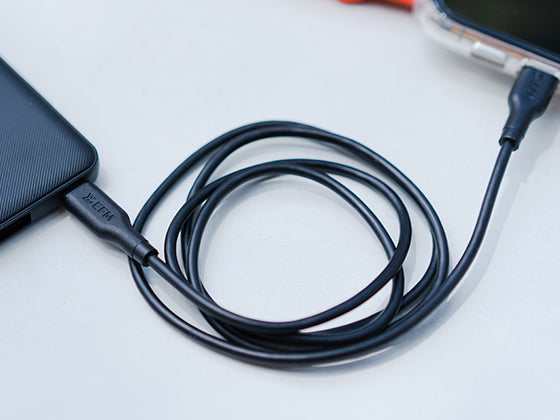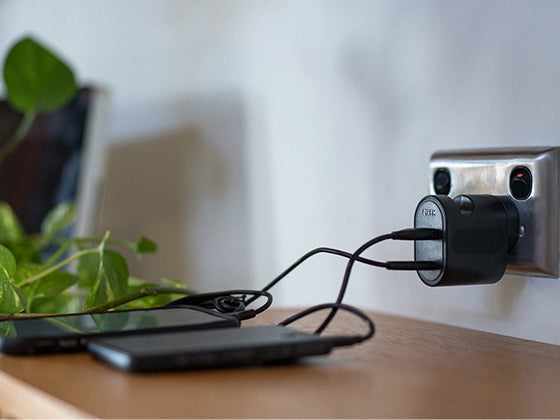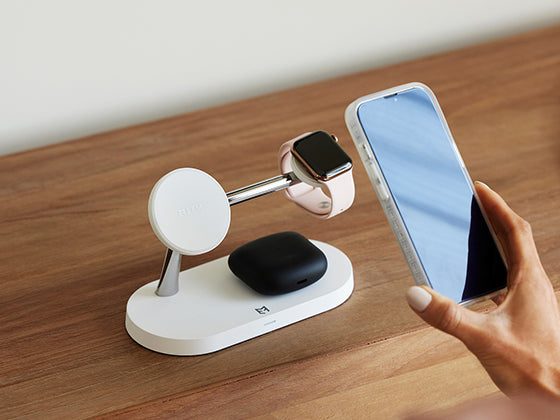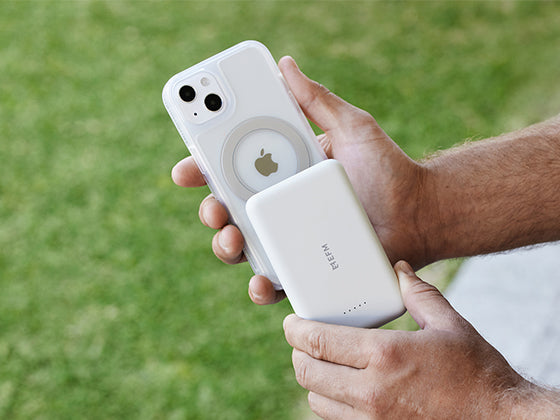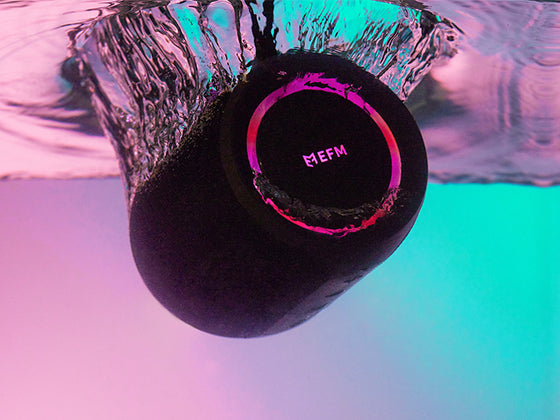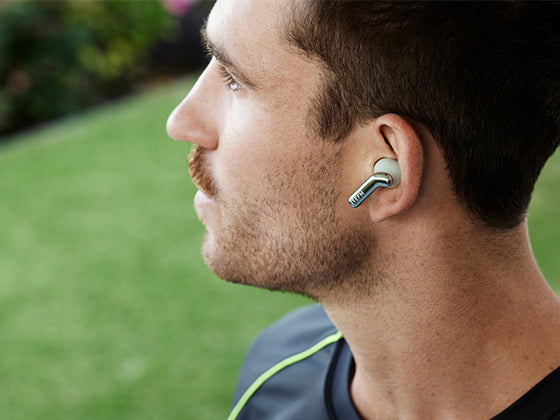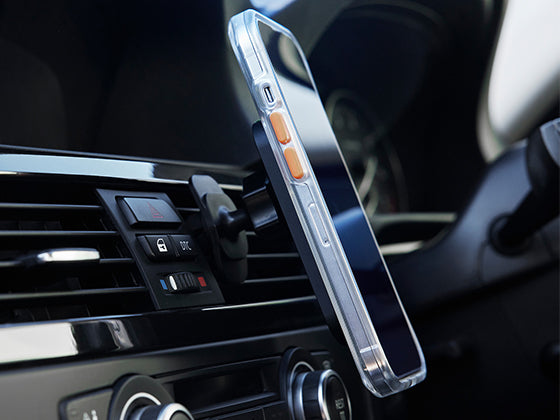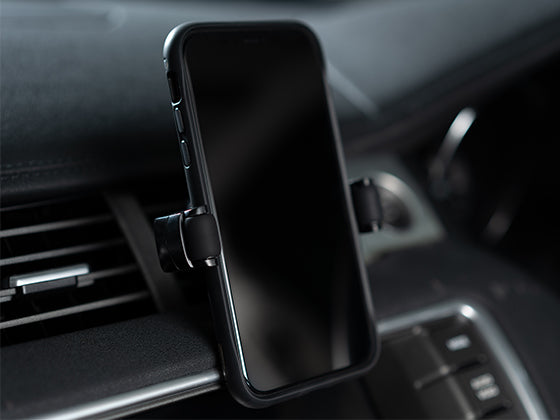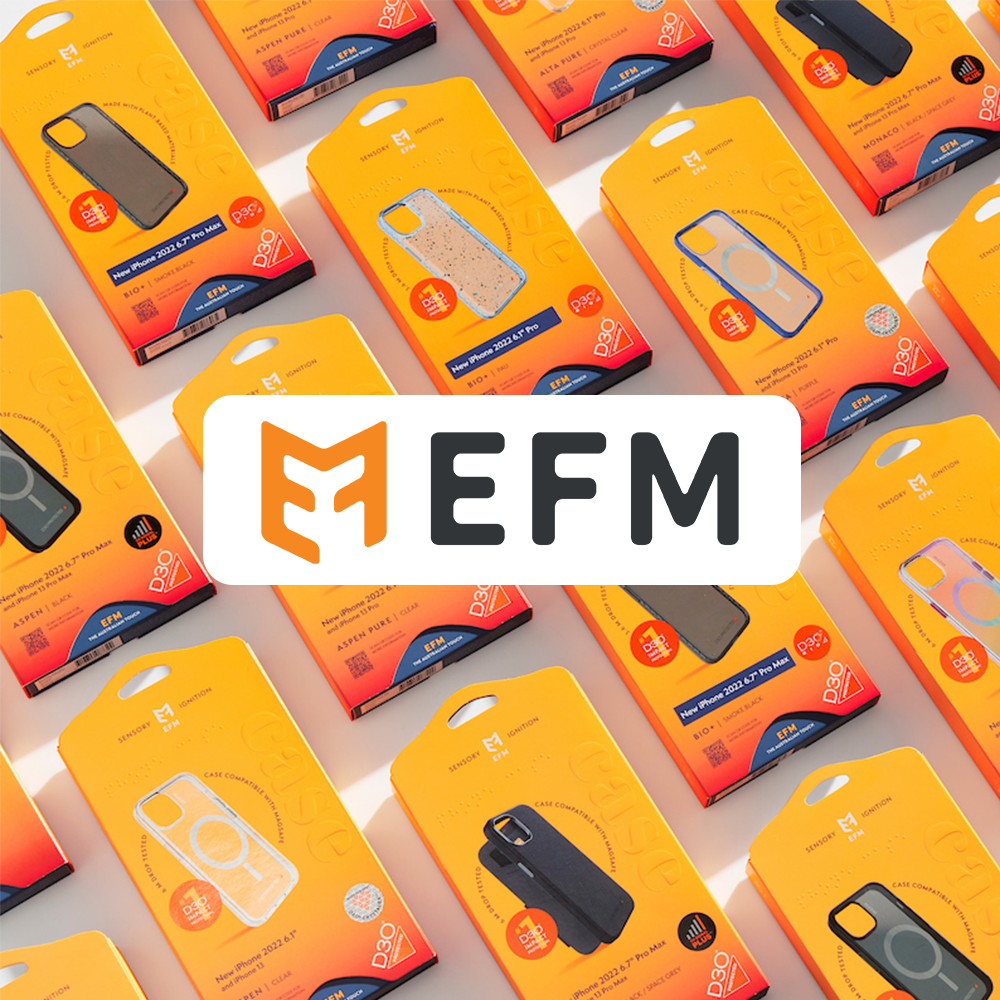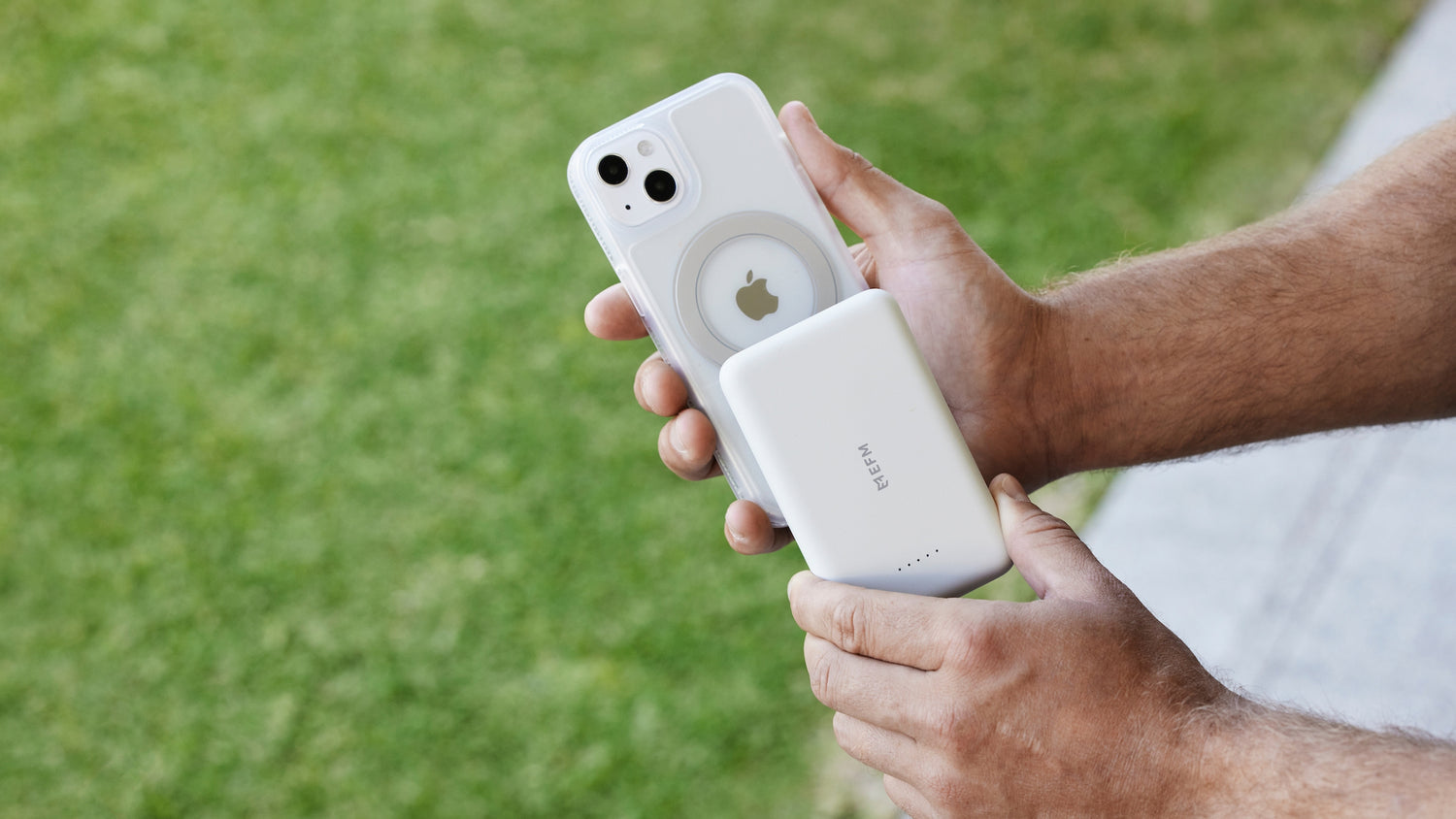In a world driven by mobile devices, staying connected is essential. But what happens when your battery dies? Fear not! Our guide dives deep into the world of portable chargers, helping you find the perfect solution for your needs.
There are lots of options out there, so let's break it down:
-
Battery Capacity: Think of it like a gas tank for your devices. The bigger the tank (measured in milliampere-hours or mAh), the more power your charger can hold. Small chargers, around 2,000mAh, are like pocket-sized boosters. But if you need more power for longer trips or multiple devices, go for a bigger capacity, like 10,000mAh or more. EFM’s range of Digital Power Banks lets you see how much charge you have left and is available in different capacities:
- 10,000mAh Digital Power Banks delivers up to 2.1 full charges to one phone.
- 20,000mAh Digital Power Banks delivers up to 4.3 full charges to one phone.
- 30,000mAh Digital Power Banks delivers up to 6.4 full charges to one phone.
- Flying with Chargers: If you're hopping on a plane, check the rules for portable chargers. Most airlines say it's okay to bring chargers with less than 10,000mAh in your carry-on bag. Just keep it with you instead of checking it in for safety reasons.
- Connectors: These are the plugs you use to connect your charger to your device. Some chargers have different types of USB ports, like the ones you see on your computer. Make sure the charger you pick matches the plugs on your gadgets. EFM’s Digital Power Banks are equipped with USB-A and USB-C ports allowing you to charge almost any device, as well as multiple devices at once. Check out our range of cables starting from $29.95!
- USB Power Delivery (USB PD): This is like a power boost for your charger. It helps it charge bigger devices, like tablets and laptops, faster and more efficiently. If you've got more than just a phone to charge, look for this feature. Luckily, majority of EFM’s cables are not justtough but also equipped with Power Delivery technology.
- Wired vs. Wireless Charging: Wired charging is like plugging your phone directly into the charger. It's faster and more reliable. Wireless charging is like magic—it's cord-free! But it's a bit slower and doesn't work with all devices.
- Buying Online: Be careful when shopping for chargers through online resellers. Cheaper ones might not be safe not comply with Australian safety Standards. Stick to well-known brands like EFM and stores to avoid any problems down the road.
With these tips in mind, you'll be able to find the perfect portable charger to keep your devices powered up wherever you go! Happy charging!

